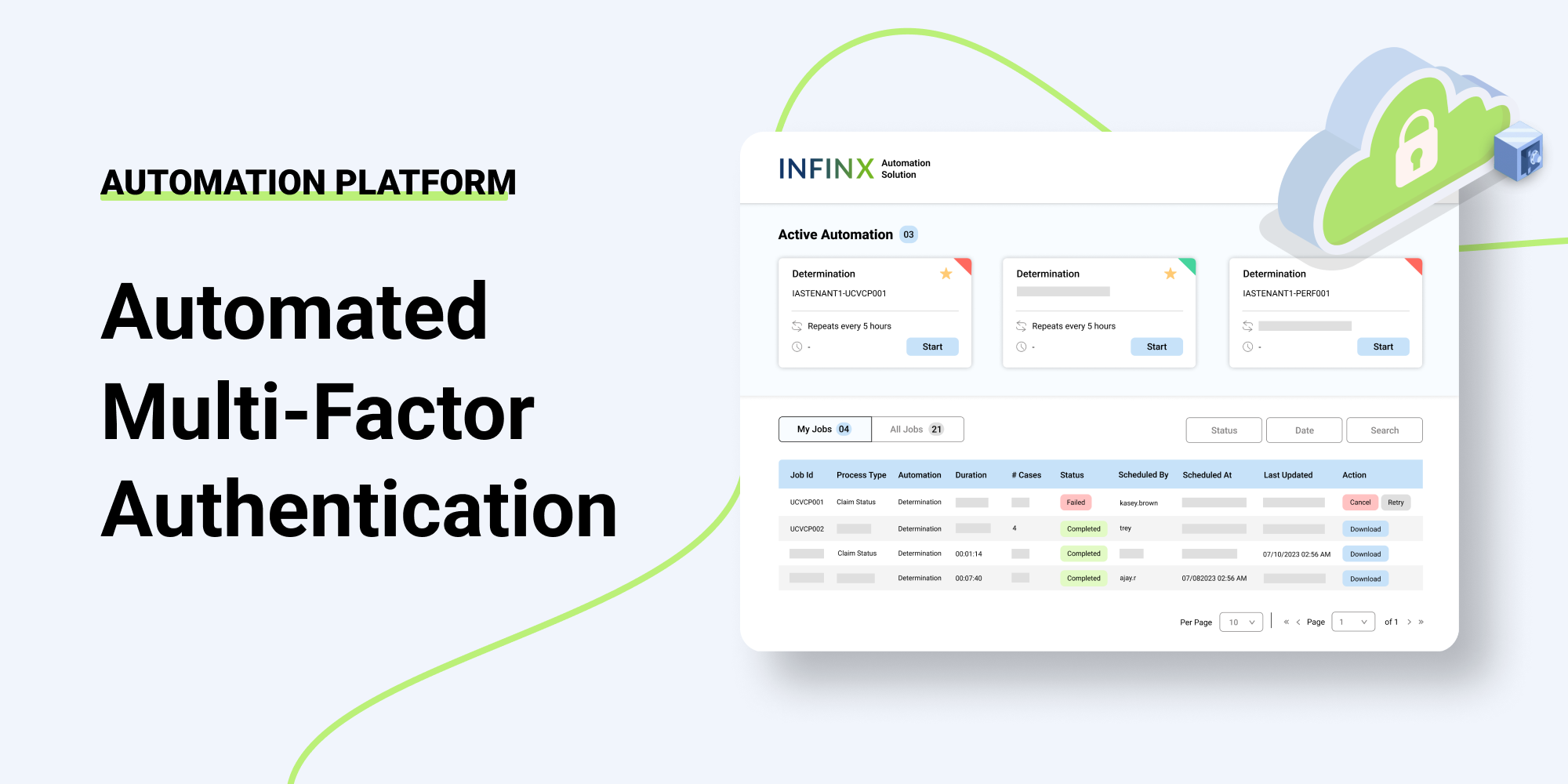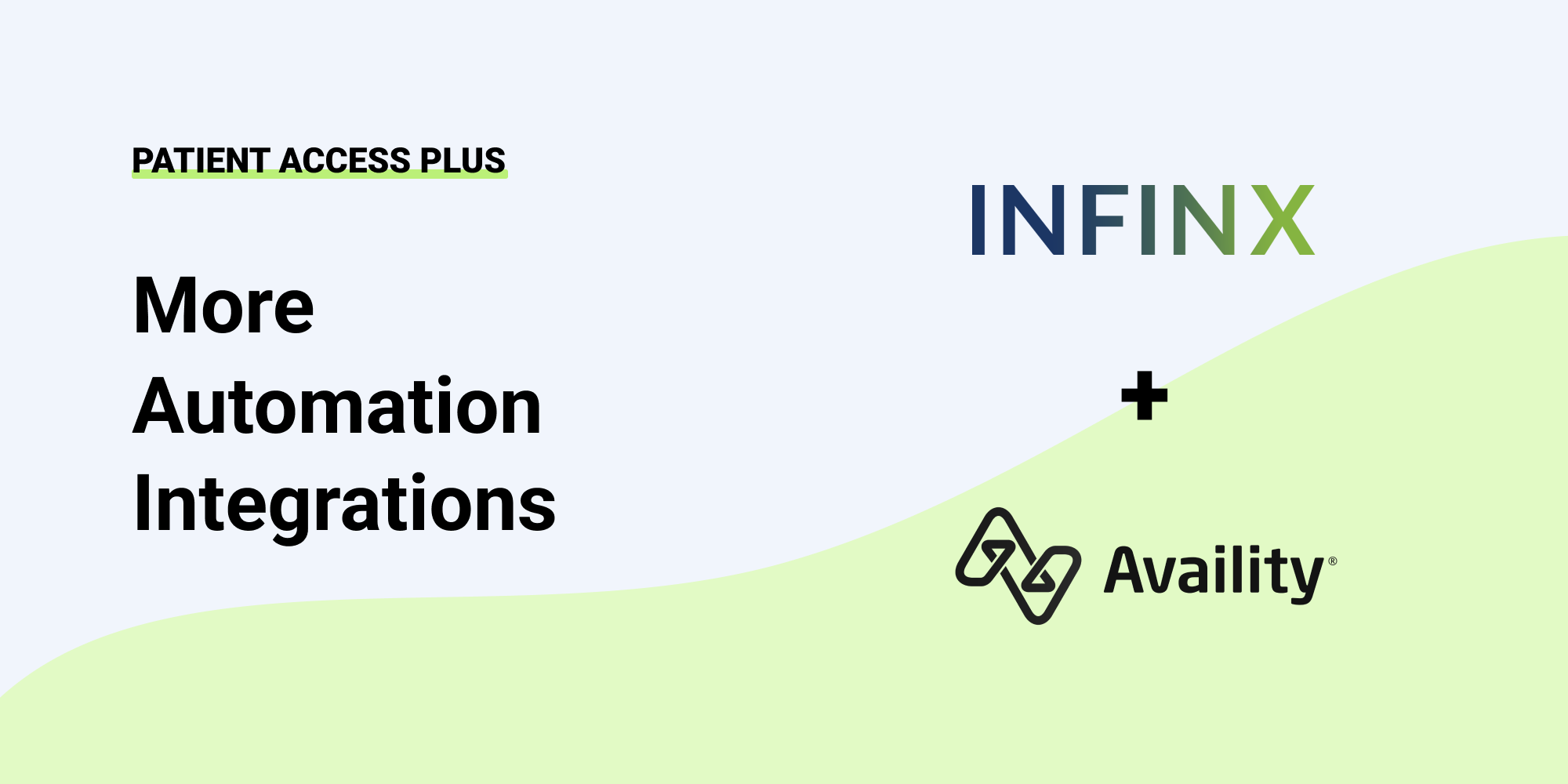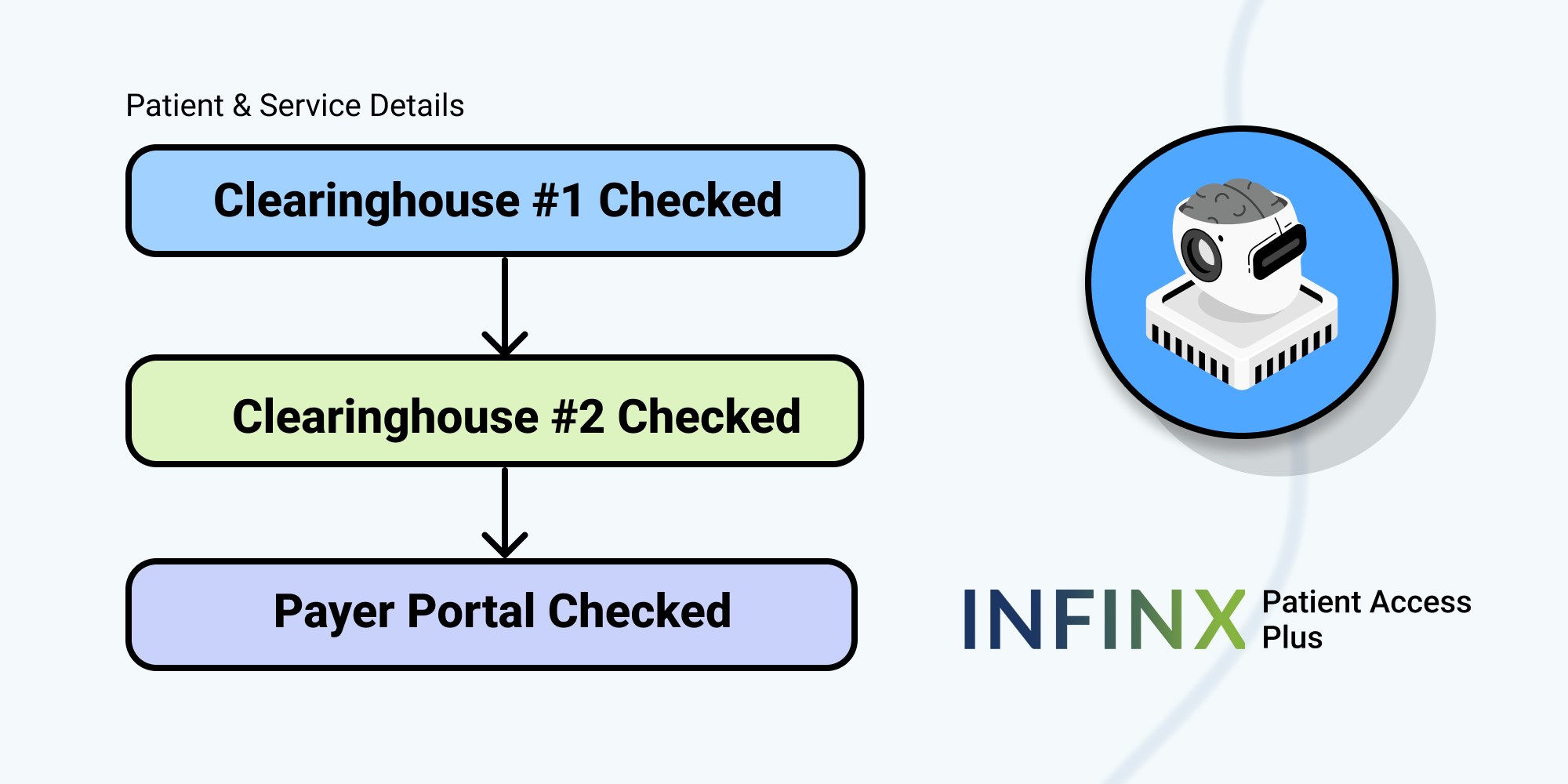The practice or group is doing well. Patient encounters are way up. The timing is right to expand.
It’s an enviable position to be in, and taking on additional providers can mean added flexibility to expand hours, increase revenue, and grow with your patient base. It can also spell problems if onboarding new doctors and advanced practice providers (APP’s) isn’t done in a comprehensively way, and that includes education and training on the healthcare payment lifecycle and revenue cycle management (RCM).
Most medical schools and APP advanced study programs include little to no business education, and if it is available, it’s usually viewing medicine and healthcare at the macro level. Patient access and revenue cycle management (RCM) are rarely discussed, and providers graduate from school and enter the healthcare workforce without a foundational understanding of how the revenue generation and reimbursement process works, let alone insurance contracting and fee schedules. Whether fresh out of school or from an existing practice or group, there is a good chance that your new provider will benefit from practice or group-specific education and guidance.
5 Ways to Support the Clinicians’ Role in Patient Access and RCM
The business of medicine is complex and contracting, and reimbursement issues can seem overwhelming. Still it is critical to ensure doctors and APP understand their role in the healthcare payment lifecycle, including patient access and RCM. These five suggestions will help build a better understanding and hopefully communicate their critical role in a successful reimbursement program.
- Educate – Start at the beginning to help new providers understand the patient access and RCM process whether you have an in-house business office or engage a third-party reimbursement partner:
- Insurance Verification – Whether automated or manual, explain what information is gathered, how co-insurance, deductibles, and out-of-pocket maximums are calculated, and how the verification process affects your reimbursement.
- Pre-collections – With up to 30% of healthcare costs now residing squarely with patients, the pre-collections process is more important than ever.
- Prior Authorization (PA) – Primary care and specialty providers need to understand the PA process and the time constraints involved that impact patient care.
- ICD-10 Coding, Billing, and Claims Submissions – Once a superbill has been filled out, new providers would benefit from understanding the journey it takes to be paid.
- Insurance Contracts, Write-Offs – It’s critical to educate incoming providers on the details of insurance contracts and fee schedules along with the associated contractual adjustments to revenue that are the cost of doing business.
- Denials and Rejected Claims – The impact of denials is pronounced, and enlisting new providers in their reduction will be significant to the bottom line.
- Code – New providers will need to be educated on the requirements for CPT coding and how it relates to the ICD-10 coding process that takes place as the claim is prepared for submission to insurance. In 2019, there were 335 changes to the CPT and HCPCS code sets and all providers have a financial interest in staying current.
- Document – Timely documentation has several benefits, and timing expectations should be set from the beginning. The RCM process relies on providers swiftly preparing their superbills/coding sheets with each patient’s charges daily. They must also document or dictate medical notes into the EMR, including procedure or test specifics necessary for precise coding, i.e., lateral vs. bilateral, specific vs. non-specific, etc.
- Guide – It’s not uncommon for providers to be approached by patients about financial issues. A patient may ask a provider for special consideration of a debt or have a complaint about the cost of a procedure. Training and guiding new providers on how to respond to these inquiries will help create a united team dialogue and circumvent any misunderstandings that might happen. It’s important that all providers have a specific place to refer patients for answers and suggestions.
- Review – One of the most effective ways to enlist new providers in the health of the practice is to include them in a monthly review of financial statements and accounts receivable information. Since there may be proprietary detail that is partner-specific, a general summary is adequate to keep people engaged and feeling part of the team.
Through demonstrated leadership and accountability, you can set the tone for every provider to have a stake in the success of the practice. Increased provider satisfaction and engagement results when information is shared, and achieving organizational alignment will help significantly in your retention efforts.
Contact us today to ensure your practice is ready to expand and be successful at onboarding new doctors and APP.



